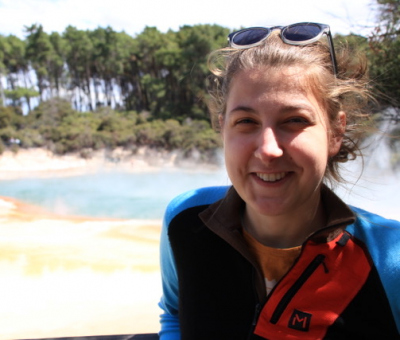- Home
- Our Offers
- Meet us!
- Dates & Events
- MARUM Research Seminar
- Petra Zahajska
A multi-proxy high-resolution approach to past eutrophication and anoxia
Human-induced environmental alterations via climate change, land use change, or eutrophication have pushed freshwater ecosystems beyond crucial thresholds, resulting in widespread oxygen depletion (anoxia). This has consequences such as biodiversity loss, water quality deterioration, and toxic algal blooms. To explore past eutrophication events and understand the link to anoxia, we study lake sediments, which contain a wealth of information about past environmental conditions. We use high-resolution hyperspectral imaging (HI) to identify algal pigments in sediment cores, which reflect changes in aquatic productivity and anoxia over time. HI produces large datasets requiring complex analysis. To address this, we are developing open-source Python-based software leveraging open-source libraries and data formats for analysis on the napari platform. This software promotes open science and data exchange through the Renku platform with the Swiss Data Science Center
While nutrient excess can naturally cause anoxia in lakes, the current understanding of links between climate change, eutrophication, and anoxia is limited. We aim to investigate the reversibility and recovery times of past anoxic events by comparing the responses of similar lakes to climatic perturbations and individual lakes to sequences of these events. We present high-resolution lake sediment records from volcanic lakes in Germany spanning the last 130,000 years, alongside lakes from Switzerland, Italy, and China.
Our approach utilizes multiple techniques: scanning XRF for elemental composition, hyperspectral imaging for pigment detection and productivity estimates, High-Performance Liquid Chromatography (HPLC-DAD) for pigment identification, and sequential extraction to track anoxia and nutrient cycling. Preliminary results suggest rapid climate warming can lead to a sequence of events: excessive nutrient input, increased green algae productivity, anoxia development with replacement by anoxic bacteria, and the release of nutrients from the sediment, fueling further productivity. This establishes a link between climate change and the biogeochemical response of lakes, which is crucial for future projections in lake ecosystem protection and water resource management.



